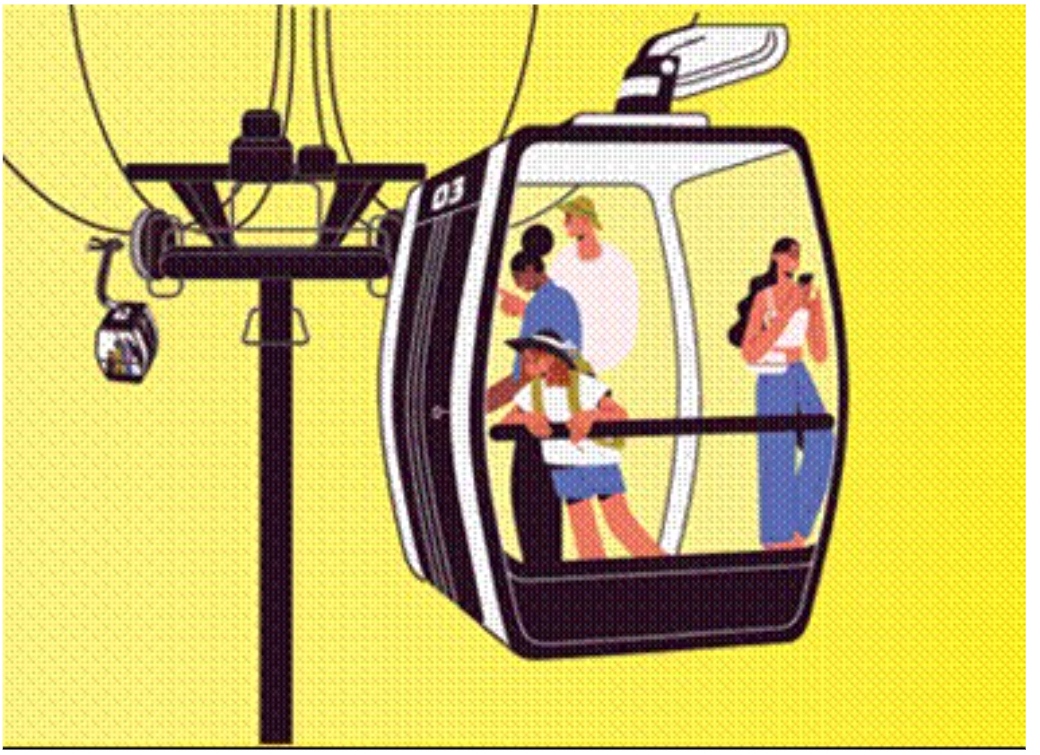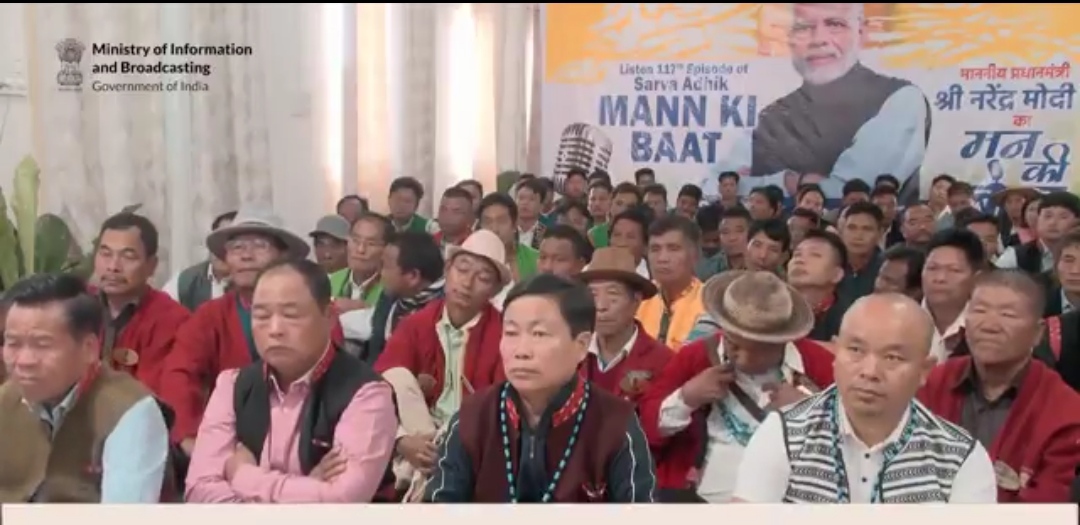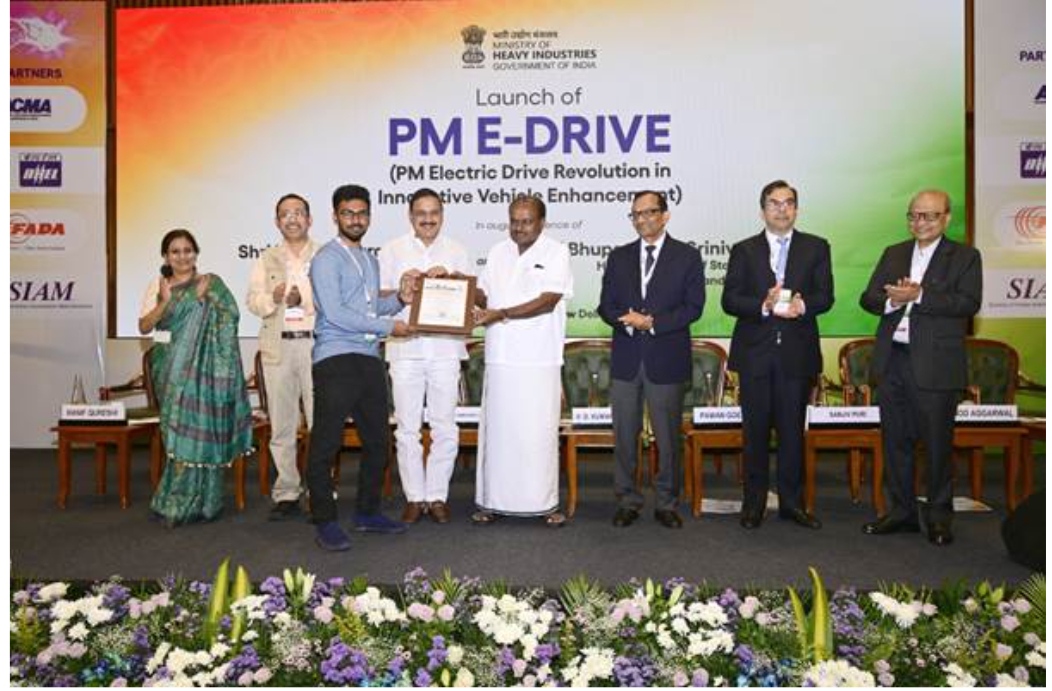India Unveils Groundbreaking National Ropeways Development Programme “Parvatmala” to Transform Mountain Connectivity.
New Ropeway Projects to Enhance Tourism, Boost Local Economies, and Strengthen Border Security.
New Delhi:
The Government of India is embarking on a transformative journey to improve transportation and connectivity in some of the country’s most challenging terrains with the launch of the National Ropeways Development Programme, known as Parvatmala. Prime Minister Narendra Modi announced that this ambitious scheme will focus on enhancing mobility in remote regions like Himachal Pradesh, Uttarakhand, Jammu & Kashmir, and the North-East, while also fortifying border villages, vital for the nation’s security.
Under the program, the Cabinet Committee on Economic Affairs (CCEA) has approved two monumental ropeway projects in Uttarakhand, designed to enhance pilgrim access and connect otherwise isolated areas. The two projects include the Govindghat to Hemkund Sahib Ji ropeway (12.4 km) with a cost of Rs. 2,730.13 crore, and the Sonprayag to Kedarnath ropeway (12.9 km) at Rs. 4,081.28 crore. These projects will be developed under the Public-Private Partnership (PPP) framework using the Design, Build, Finance, Operate, and Transfer (DBFOT) model.
Transforming Last-Mile Connectivity and Enhancing Security
The Parvatmala programme, first announced in the 2022 Union Budget, aims to address the transport challenges in hilly and border areas where traditional infrastructure is difficult to implement. With ropeways offering a faster, safer, and environmentally friendly alternative to road transport, the initiative promises to improve connectivity and infrastructure in some of India’s most rugged regions.
Key Highlights of the Scheme:
Efficient and Cost-Effective: Ropeways require minimal land construction, significantly reducing costs. With low maintenance needs and energy efficiency, they provide a sustainable mode of transport.
Environmentally Friendly: With low dust emissions and minimal disruption to the landscape, ropeways offer a clean alternative to traditional transportation modes.
Boost to Local Economies: The development of ropeway projects will generate employment opportunities, particularly in construction, operation, and maintenance, while promoting tourism and supporting local industries.
Kedarnath and Hemkund Sahib Ropeway Projects: A New Era in Pilgrim Travel.
One of the most significant developments under Parvatmala is the Sonprayag to Kedarnath ropeway. The project, using advanced Tri-cable Detachable Gondola (3S) technology, will reduce the travel time from 8-9 hours to just 36 minutes, offering 1,800 passengers per hour capacity. Kedarnath, one of India’s most revered pilgrimage sites, will see a massive boost in accessibility, improving safety and convenience for the approximately 20 lakh pilgrims who visit annually.
Similarly, the Govindghat to Hemkund Sahib Ji ropeway will replace the arduous 21-km trek with a state-of-the-art transport system. The project will be developed with a Monocable Detachable Gondola (MDG) from Govindghat to Ghangaria and a Tri-cable Detachable Gondola (3S) from Ghangaria to Hemkund Sahib Ji, increasing daily passenger capacity to 11,000. The project will not only ease pilgrim access but also contribute to the local economy, as the region is home to the UNESCO-listed Valley of Flowers and attracts a substantial number of visitors annually.
Widespread Implementation Across India.
The Parvatmala programme will see widespread implementation across multiple states, including Uttarakhand, Himachal Pradesh, Jammu & Kashmir, Arunachal Pradesh, and Sikkim, with over 250 ropeway projects expected to span 1,200 km within five years. The initiative will also be crucial for connecting urban areas with rural regions, alleviating congestion, and providing efficient transport in both densely populated areas and tourism hubs.
Major Ropeway Projects in Development.
Several other ropeway projects are under construction or planning stages:
Varanasi Urban Ropeway: Laid in March 2023, this urban ropeway project is expected to ease congestion in Varanasi and transport up to 96,000 passengers daily. This marks India’s first urban ropeway.
Gaurikund-Kedarnath Ropeway: This project will significantly reduce travel time from 7-9 hours to just 28 minutes, providing a vital connection to one of India’s holiest shrines.
Other upcoming and awarded projects are in the pipeline, including routes in Himachal Pradesh, Uttarakhand, Jammu & Kashmir, Assam, and Maharashtra.
A New Era of Connectivity and Economic Growth.
The Parvatmala initiative is poised to redefine connectivity across challenging terrains, offering a reliable, sustainable, and cost-effective solution to India’s transportation challenges. As ropeways become an integral part of India’s infrastructure, they promise not only to enhance the daily lives of local populations but also to stimulate growth in the tourism sector, contribute to local economies, and improve national security by strengthening connectivity in border regions.
This programme embodies the vision of creating a world-class transportation network, aligning with the Make in India initiative, and demonstrating India’s commitment to environmental sustainability and infrastructural excellence. As the nation moves forward with its development, the Parvatmala scheme is set to be a game-changer in enhancing last-mile connectivity and improving overall mobility in India’s most remote and difficult regions.



